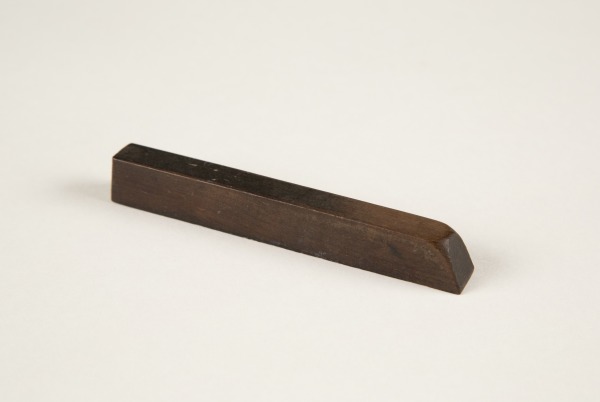Storyville was filled with cabarets, dance halls, saloons, and honky-tonks—all of which required music on an almost nightly basis. The ubiquitous nature of music within the District is apparent in Storyville’s guidebooks. Madams’ advertisements regularly emphasized the musical offerings of their establishments, and the last known edition of Blue Book, the most famous of the District’s guidebooks, includes a list of nine cabarets.
Musicians stood to make more money in Storyville than in other musical hot spots around the city. The District’s clubs, such as Funky Butt Hall, the Entertainers (also known as the 101 and 102 Ranch), the Big 25, Pete Lala’s, and the Frenchman’s, gave musicians ample opportunity to work, challenge each other, and experiment with new sounds. Artists such as Buddy Bolden, Freddie Keppard, Manuel “Fess” Manetta, Clarence Williams, Oscar “Papa” Celestin, Edward “Kid” Ory, Joe “King” Oliver, Johnny Dodds, and youngsters Louis Armstrong and Sidney Bechet found plentiful work and abundant inspiration. These performers used their gigs and cutting contests (competitions between musicians) to refine new styles, contributing to the development of the jazz sound emerging from New Orleans. Of the many musicians who played in the District, all but a few (the piano player Kid Ross being the most well-known exception) were of African descent.
The music played in the clubs ran the gamut from slow blues to ragtime, but was almost exclusively designed for dancing. The one-step, two-step, and the more risqué tango and slow drag were a few of the many popular dances evolving alongside the emerging new music.

“Storyville: Where the Blues Were Born”
by Louis Armstrong
from True
November 1947
The Historic New Orleans Collection, The William Russell Jazz Collection, acquisition made possible by the Clarisse Claiborne Grima Fund, MSS 536, 92-48-L.254

Manuel “Fess” Manetta’s clarinet
ca. 1900; wood, metal, cork
by Buffet Crampon
The Historic New Orleans Collection, The William Russell Jazz Collection, acquisition made possible by the Clarisse Claiborne Grima Fund, MSS 535, 92-48-L.264

Key from piano at Tom Anderson’s
ca. 1900; wood
The Historic New Orleans Collection, The William Russell Jazz Collection, acquisition made possible by the Clarisse Claiborne Grima Fund, MSS 535, 92-48-L.194
